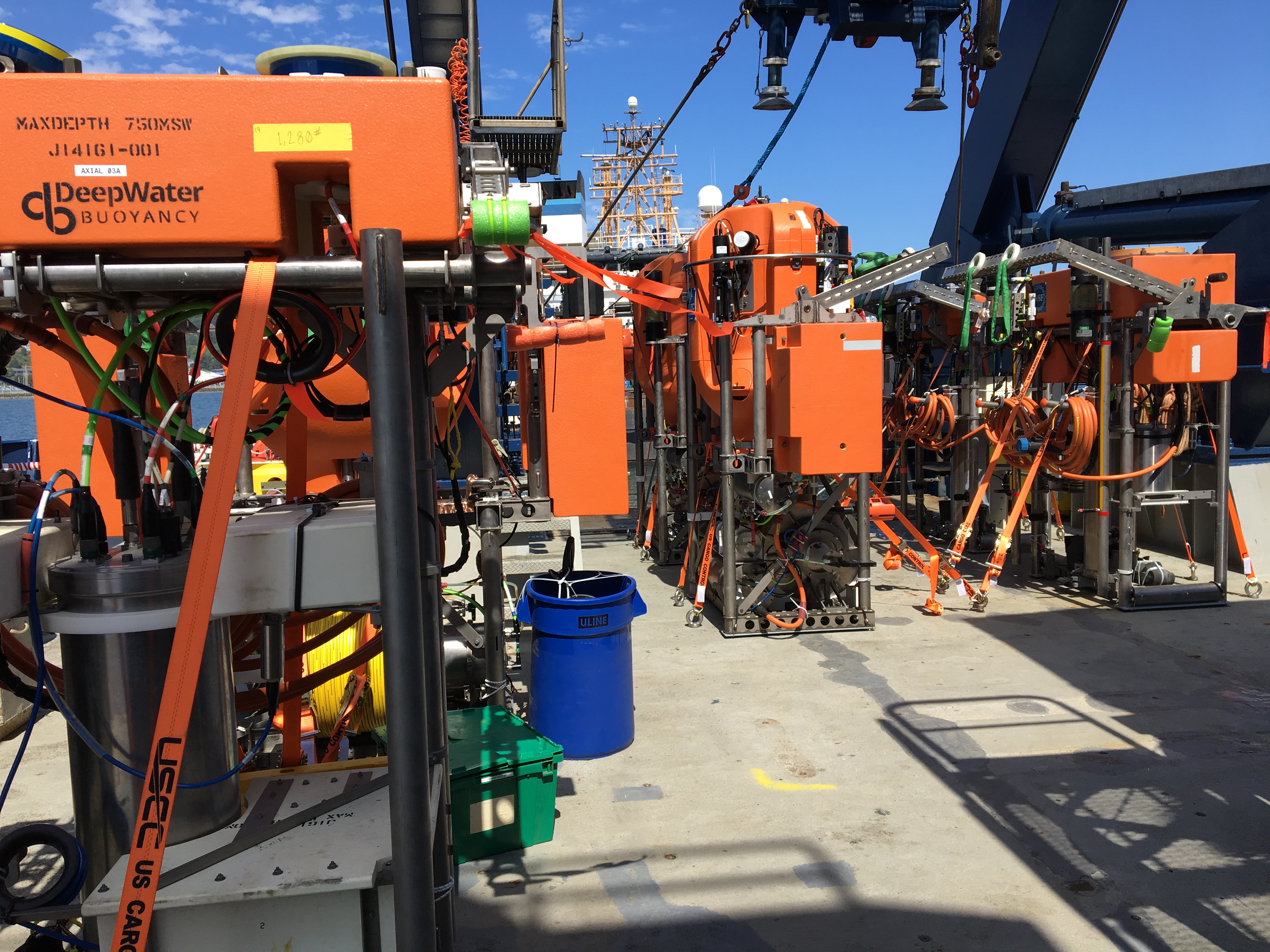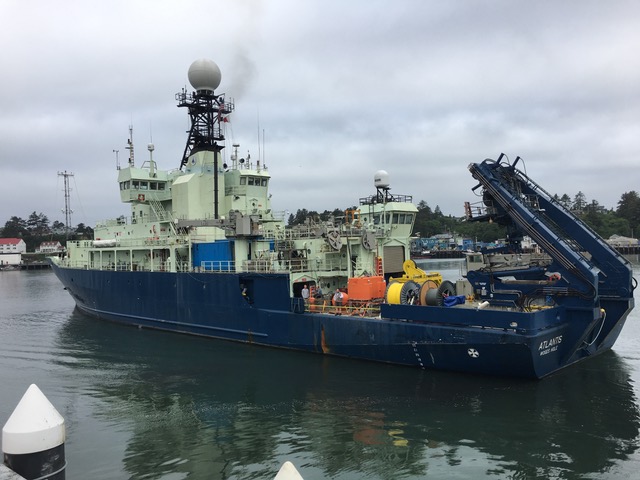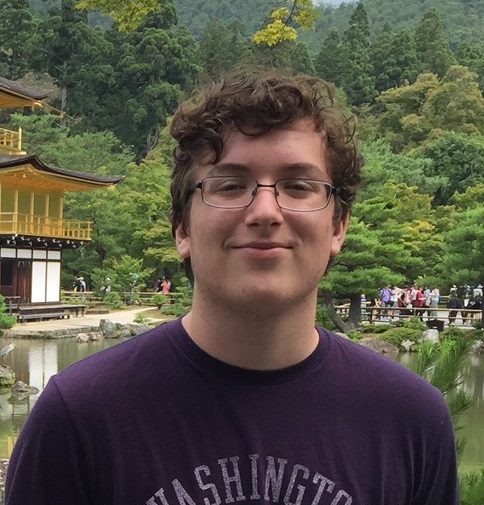Image Archive





























James and Eric M

UW Research scientist Wendi Reuf and undergraduate Katie Gonzalez enjoy the scenery as we depart Newport for Leg 2 of the VISIONS19 cruise. Credit: D. Kelley

betatag

Fog_NewportV19

VISIONS19 students become familiar with the CTD in preparation for an upcoming cast to collect ocean water. Credit: M. Vadaro, UW, V19.

An "army" of instrumented Shallow Profiler pods await installation on moorings at the Offshore, and Slope and Axial Base sites. Credit: D. Kelley, University of Washington, V19.

Aft Deck of Atlantis

The Shallow Profiler Mooring platform is brought on deck

The R/V Atlantis departs Newport Oregon for a 22 hr steam to Axial Seamount

UW-APL engineers Trina and Chris use the small boat from the R/V Atlantis to attach the retrieval line onto the Shallow Profiler Mooring platform

screenshot2018-12-05at1.20.48pm

Dana_Manalang_bio

Hayden_Amidon_V19_bio

Ramya_Asha_V19_bio

stephen_bray_v19_bio

Busch_V19_bio

Clairmont_V19_bio

Katie_Hill_V19_bio

Eve_Hudson_V19_bio

Joshua_Lai_V19_bio

Chelsea_Meir_V19_bio

Keith_Jiang_V19_bio

Schmahl_V19_bio

Chris_Williams_V19_bio

v-19-banner-v3

v-19-banner-v2

Essential elements of the OOI cabled ocean observatory.

lobao_jason_video_poster_v18
- Anemone
- Animal
- Arthropod
- ASHES
- Axial
- Axial Base
- Axial Biology
- Axial Caldera
- Bacteria
- Basalt Lava
- BEP
- Biofouling
- biolgoy
- Biology
- Camds
- Camera
- Camhd
- Central Caldera
- Ciliates
- Cnidaria
- Coastal Biology
- Crab
- Deep Profiler Mooring
- Dive Highlights
- Eastern Caldera
- Echinoderms
- Endurance Array
- Engineering Team
- ENLIGHTEN 10
- Exploratorium
- Fish
- Geology
- HD Camera
- HPIES
- Hydrate Ridge
- Hydrates
- Hydrophone
- Hydrothermal Vents
- Illustration
- Inshore 80 Meters
- Instrument
- International District
- J-BOX
- Jason
- Jellyfish
- Junction Box
- K12
- Lava
- Mollusk
- Moorings
- Nodes
- Nudibranch
- Octopus
- OOI
- Oregon Offshore
- Oregon Offshore 600 m
- Oregon Shelf
- Oregon Slope Base
- People
- PN1B
- PN1D
- Polychaetes
- PPSDN
- Primary Node
- RASFL
- ROCLS
- ROPOS
- ROPOS Dives
- ROV Team
- RV Revelle
- RV Sikuliaq
- RV Thompson
- Salp
- Sample
- SC13
- Science Team
- Sea Cucumber
- Sea Star
- Sea Urchin
- Seafloor
- Seismometer
- Sensors
- Shallow Profiler Mooring
- Shark
- Shipboard
- Shore Station
- Slope Base
- Smoker
- Soft Coral
- Southern Hydrate Ridge
- Sponge
- Squid
- Students
- Students & Guest Participants
- Tmpsf
- Tubeworms
- VISIONS 11 Leg 1
- VISIONS 11 Leg 2
- VISIONS 11 Viewers
- VISIONS 13
- VISIONS 14
- VISIONS 15
- VISIONS 16
- VISIONS 17
- VISIONS 18
- VISIONS 20
- VISIONS 22
- VISIONS 23
- Visualization
